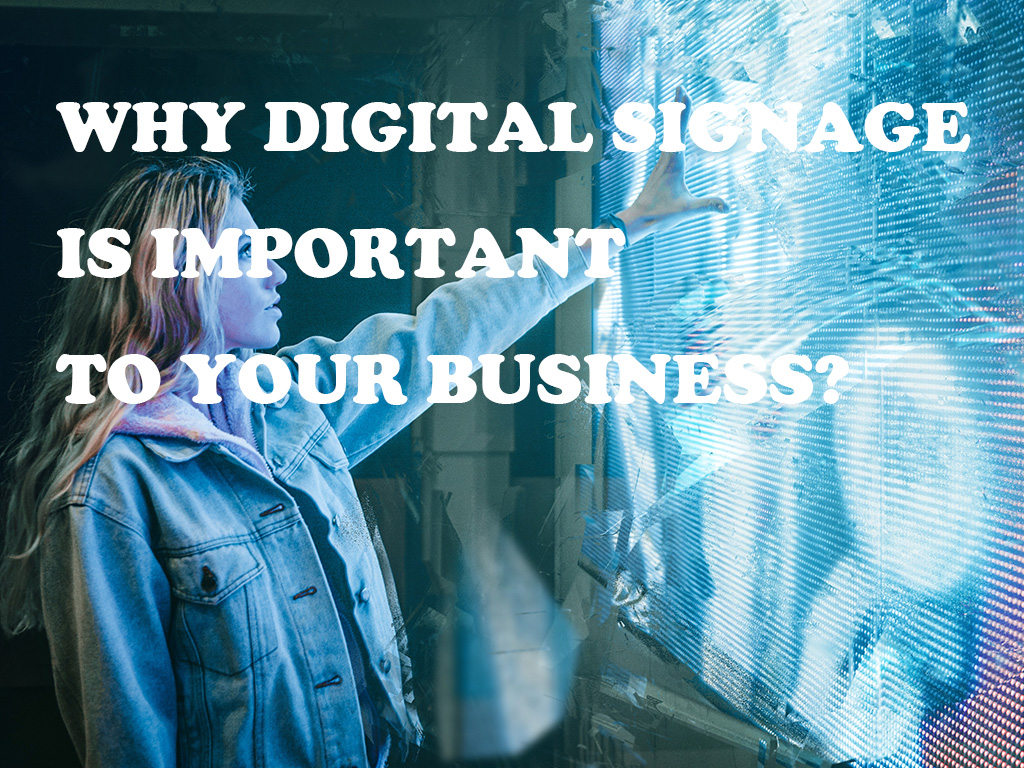
Digital signage is signage that works electronically. It typically makes use of LED lights, LCD screens or plasma displays to target consumers with changing messages, both textual and graphic. It also has a computer component, or player, that decodes content for the signage and displays it visually on the screen.
HOW DOES DIGITAL SIGNAGE WORK?
Digital signage is signage that works electronically. It typically makes use of LED lights, LCD screens or plasma displays to target consumers with changing messages, both textual and graphic. It also has a computer component, or player, that decodes content for the signage and displays it visually on the screen. Plus, this signage engages with consumers in a more interactive way than traditional print signage does.
Digital signage may feature flashing product information, scrolling sale messages, bright moving images or an array of light and color advertisements to attract the interest of potential clients amid the sea of digital information they encounter every day. Or, it may feature digital videos or interactive touch screens to provide an interactive, immersive experience.
Consider digital signage as a more technologically advanced version of neon signage — which still remains in use today. Whereas neon signage confines itself to the shapes and letters created with colored tubes, digital signage is endlessly customizable for the modern, digitally engaged consumer.






